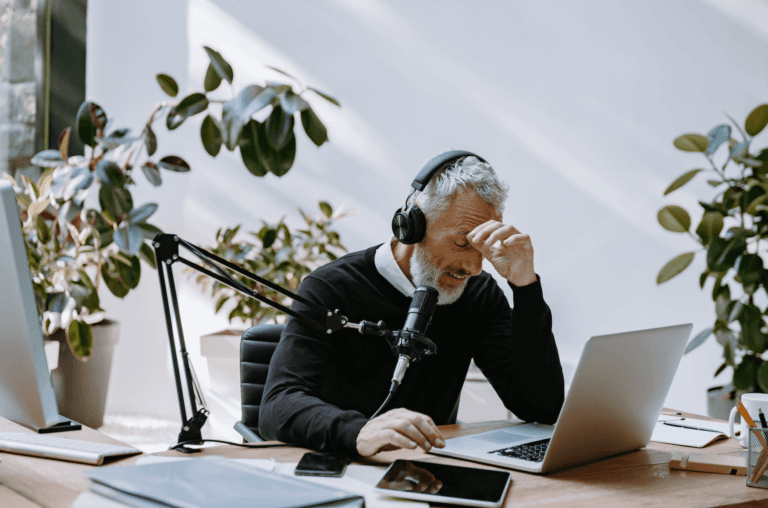Discover how to plan long recordings without wearing out actors and presenters. Learn how strategic pauses and good direction improve performance.

Audiovisual productions with long shoots can be challenging, both for those in front of the camera and for those organizing the logistics of the shoot. Despite the common desire to optimize time on location or in the studio, many teams make the mistake of focusing only on making the most of the available hours, forgetting to plan essential breaks for rest, hydration and adjustments. In this article, we explore how efficiently organizing a long shoot can improve not only the well-being of the cast, but also the final quality of the content.
Long shoots, especially those done outdoors in adverse weather conditions or under intense artificial lighting, can easily exhaust actors and presenters. Without careful planning, the energy of the crew can quickly decline, directly impacting the performance and quality of the footage. It is essential to understand that optimizing time does not mean using every available second, but rather using it wisely.
The impact of fatigue on performance:
Therefore, scheduling strategic breaks between takes is not only necessary, but a practice that ensures the team maintains energy and focus throughout the production.
If the project involves multiple people being filmed, plan the scenes or scenes so that each person is in action at different times. This way, while one actor or presenter is being filmed, the others have time to rest, hydrate, or even review their next lines.
Schedule regular breaks every 2-3 hours of recording. During these breaks, offer:
These short breaks are essential to avoid exhaustion, especially when recording for many hours.
A common practice in audiovisual production is to record outside of the planned sequence of the project, which can be a great ally in long recordings. Start with the most challenging scenes and finish with the lightest ones (or vice versa), in order to balance the physical and mental effort of the actors. It is essential that the first and last videos of a sequence have a high energy level, as these are the moments that most need to capture the audience's attention.
Bad direction can be just as exhausting as the actual filming. Many directors make the mistake of simply “turning on the camera” and expecting the actor or presenter to figure it out with the script and the teleprompter. This can:
Therefore, management must be proactive and careful, providing constant feedback on:
These details ease the pressure on those in front of the cameras and improve the quality of the content.
A well-structured schedule has a direct impact on the quality of the final material. Benefits include:
Planning long shoots goes far beyond filling every available minute of a workday. Incorporating regular breaks, alternating scenes with different actors, and offering proactive direction are practices that significantly improve cast performance and production efficiency. Silvertake Video, we value the balance between high performance and care for everyone involved in the audiovisual creation process.
If you are looking for creative and efficient solutions for your audiovisual projects, get in touch with us and find out how we can transform your idea into high-quality content.
Request a Quote